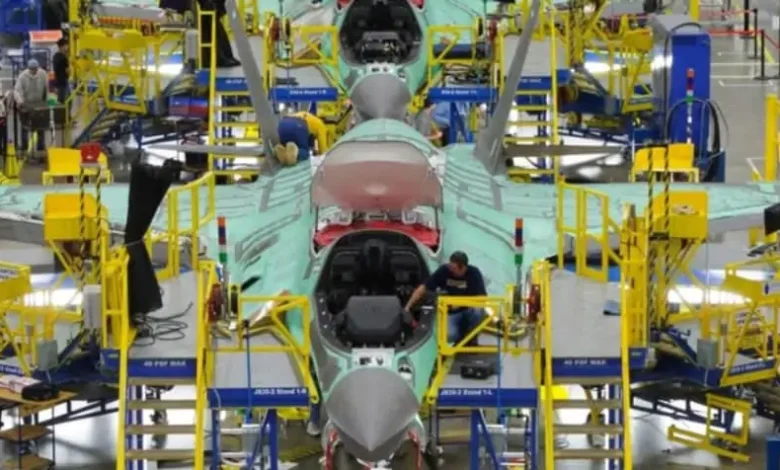How to Implement Manufacturing ERP Software in Your Business

Manufacturing ERP or Enterprise Resource Implement Manufacturing Planning software can be a game changer for any enterprise as it streamlines operations, enhances productivity, and aids better decision-making. For all these advantages to be availed, an ERP system needs a well-planned implementation strategy that is appropriately coordinated and delivered. Be it selecting the perfect software or training your team for workflow optimization, every step is critical in successful implementation. The following tutorial will walk you through some of the significant steps in implementing ERP software within your manufacturing business to make the transition both smooth and prosperous for years to come.
Analyze Business Needs and Establish Objectives
It is essential to step back ahead of ERP implementation and consider what stage your company is at presently and what areas require amendment. Look at how the procurement, production, and supply chain currently function and decide what the ERP system should achieve. Do you want to reduce production downtimes? Bring more accuracy into your inventory. OR even report better? Clearly define your objectives so that you will be in a position to select the right ERP solution for your business needs and develop an implementation roadmap.
Choose the Best ERP Solution
Identify your goals, and now it is time to choose the best erp solution for manufacturing. There are quite a number of options available, from which a selection should be made based on scalability, provision for customization, industry-specific features, and cost. Interact with vendors selling ERP solutions for manufacturing units and ask for demonstrations to assess how each solution meets your requirements. Consider things like ease of use, compatibility with the current systems, and the kind of support that the vendor will provide.
Monitor and Optimize
Of course, work does not stop once the ERP system goes live. Continuously monitor its performance to make sure that it meets your business objectives. Also, feedback from employees should be taken to understand if there is any scope for improvement or where potential bottlenecks may arise. Since ERP systems grow with businesses, periodic audits and system updates are critical factors in keeping operations running smoothly. Also, track the key performance indicators to determine how well the ERP system is helping to achieve your business goals.
Create a Strategy for and Get Ready for the Implementation Process
Implementation of ERP is usually complex and time-consuming; hence, the need for an overall detailed plan cannot be dismissed. The plan needs to be very concise in terms of timelines, milestones, budget allocation, and significant responsibilities assigned to the teams. Create an internal project team that will manage the implementation process in close cooperation with the ERP Company. Your team members should come from different departments, including production, IT, and finance, to make sure the software addresses the needs of the whole business.
Data Migration and Integration
The most critical stage in migration will be moving your existing data into the new ERP system. Accurate data is the backbone of an ERP system, and you will need to make sure that everything from inventory levels to supplier information to production schedules is appropriately transferred. The data should be cleaned up to remove duplicate entries and any outdated information prior to migration. Also, consider how the ERP system will interface with other software solutions you may currently have, such as CRM or accounting systems.
The implementation of ERP software in a manufacturing business is something strategic. If carried out well, it has every potential to ensure efficiency, accuracy, and decision-making at levels much higher than ever achieved before. From an evaluation of business needs to customization of the system to the training of your employees, each step should be thoroughly well-planned so that the implementation is successful. Implementation will always require ongoing monitoring for continuous optimization and fine-tuning of the software to ensure long-term success. The following steps show the ways your business can start taking full advantage of ERP to streamline your operations and give you a competitive edge in manufacturing.



